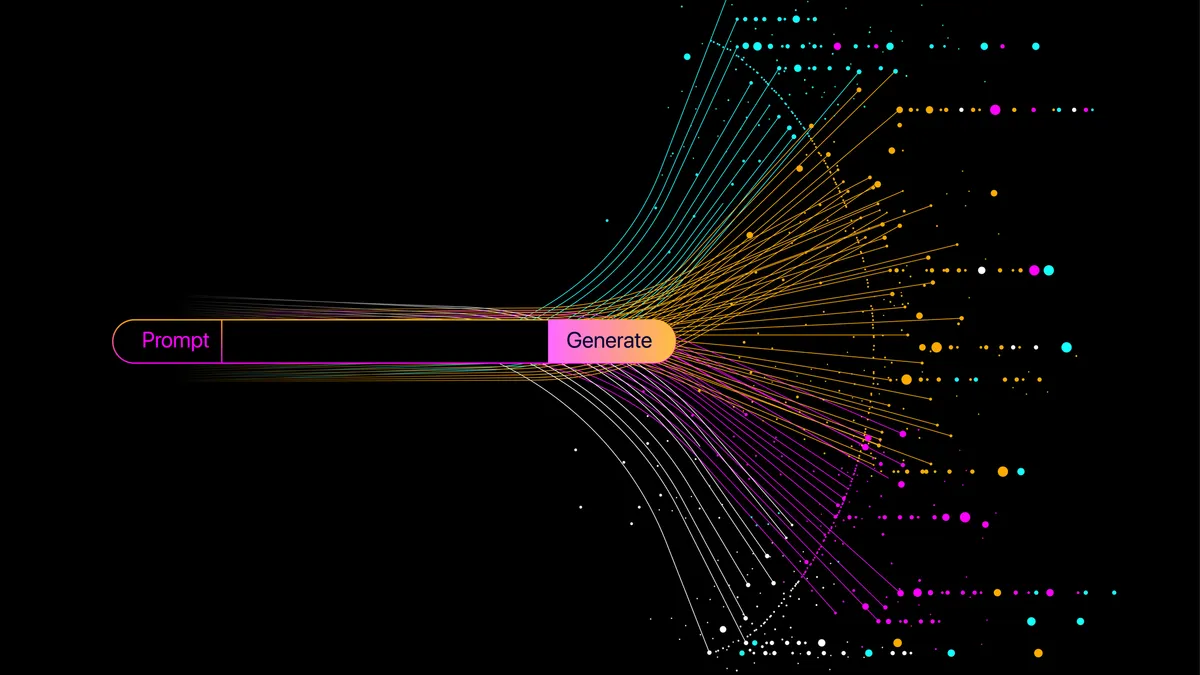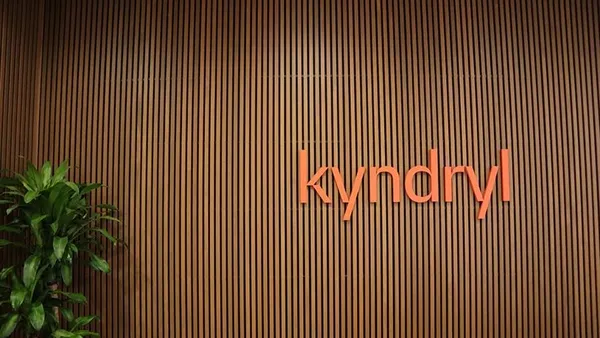Dive Brief:
- Financial services companies are doubling down on cloud, cyber and data platforms to lay the groundwork for generative AI and implement other transformative technologies, according to Broadridge Financial Solutions. The fintech company commissioned Phronesis Partners to survey more than 500 banking technology and operations leaders for its annual innovation report, published earlier this month.
- Respondents expect to allocate 29% of their IT budgets to technology innovation over the next two years, up seven percentage points year over year. Concurrently, banks are maintaining high levels of spend on foundational technologies to support new capabilities, the survey found.
- While the proportion of firms planning moderate to large investments in generative AI nearly doubled to 72% since last year, more than 4 in 5 respondents ranked cybersecurity, analytics and cloud platforms as top spending categories. “Cloud is king and there’s still a heavy emphasis on foundational technologies,” Broadridge Chief Product and Strategy Officer Germán Soto Sanchez said.
Dive Insight:
As executives look to scale generative AI capabilities, enterprises have run into technology deficiencies. The banking industry was quick to grasp the technology’s potential and early to encounter adoption hurdles.
More than two-thirds of respondents to the Broadridge survey expect generative AI to yield employee productivity gains and over one-third anticipate returns on their investments in the technology to materialize within six months. Their optimism was countered by the measured assessment of nearly one-third of respondents, who said ROI was at least three years down the road.
“For the first couple of years, these companies were doing really cool stuff with generative AI,” Soto Sanchez said. “Now, they’re looking for the value and for how it’s impacting their bottom line.”
Several key generative AI use cases have surfaced among industry giants.
Bank of America saw efficiency among its army of developers rise more than 20% after implementing an AI coding assistant. Citi also reported gains from generative AI-assisted coding after deploying tools to 30,000 of its developers.
Document processing is another banking chore generative AI has made less onerous. More than two-thirds of survey respondents said they personally use generative AI for investment or market research.
“Everyone is doing document and phone call summarization,” Accenture Global Banking Lead Michael Abbott said. “It’s a great vertical application of generative AI.”
The next step toward realizing greater ROI is to broaden access to these efficiency tools horizontally, across the organization. As model usage costs come down, enterprisewide adoption requires investments in infrastructure, governance and skills, said Abbott.
“You need a platform solution connected to your data that has multiple models, preset guardrails and access controls,” he added.
Data modernization remains a challenge, particularly in legacy institutions. Nearly half of banking organizations are grappling with data silos and 2 in 5 report data quality issues, Broadridge found.
“There are so many practical barriers that need to be overcome,” Broadridge Global Head of Engineering Jason Birmingham said in the report. “Firms are starting to recognize that they cannot realistically rewrite every single asset they have.”












